Case Profile- Ammunition id.
Two to three times a year we are given cases to work that are proficiency
tests. The tests are purchased by our department from an independent testing company and we examine the evidence in the test
as we would evidence from an actual case. The results are sent back the company that supplied the test, they compile the
results and issue a report. The report compares our findings to a hundred or so other examiners' results. Our supervisors can
then get a feel for how our methods compare to those in other Laboratories that completed the test.
I recently completed a proficiency test that involved the examination of the material seen in
figure 1 below.
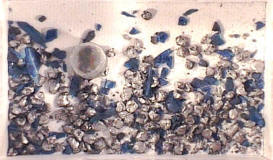
Figure 1. Material submitted for examination.
I was asked:
-
Can any of the evidence have come from a discharged firearm or ammunition?
-
If the answer to question 1 was yes then what was the caliber and possible manufacturer or manufactures of the
material.
-
Provide any other information that might prove valuable to the case.
I started my examinations by separating the various components into three groups. They
consisted of what appeared to be a plastic wad, several small blue plastic fragments, and numerous small lead fragments.
See figures 2-4 below.
 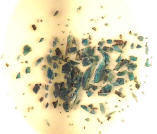
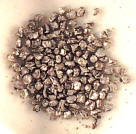
Figures 2-4. Plastic "wad", blue plastic fragments, and lead fragments.
I recognized the small blue plastic fragments as material similar to that used in shot cartridges
currently manufactured by CCI (Cascade Cartridge, Inc.). These cartridges were originally manufactured by Speer but they
were acquired by Blount International, owners of CCI, and the Speer shot cartridge ammunition line was merged into the CCI Blazer
line of ammunition.
Below is a CCI 38/357 caliber ammunition standard that has been separated into its main
components. The components are the plastic base wad (top row-left), the #9 lead shot (top row-center), the blue plastic shot
cup (top row-right), and the cartridge case (bottom row).
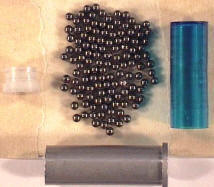
Figure 5. Sectioned CCI 38/357 caliber shot cartridge.
To see this
cartridge in 3-D click here.
I was pretty sure that I had the after firing components from one of these CCI brand cartridges
or one very similar to it.
By measuring the questioned base wad I found it to have a diameter consistent with the CCI 38/357
caliber and CCI 9mm LUGER caliber cartridges.
The shot contained in the CCI 38/357 caliber cartridge standard is #9 while the shot contained in
the 9mm LUGER caliber cartridge is #11. The lead fragments contained in my case had an average weight that was consistent with
the #9 shot. Also, the shot load (total weight) in my case was approximately that of the standard load in the 38/357
caliber cartridge.
So far the evidence was pointing to the CCI 38/357 caliber cartridge. Besides the shot
size/load difference, the shot cup of CCI 9mm LUGER shot cartridges has a rounded nose as seen below.
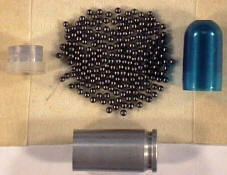
Figure 6. Sectioned CCI 9mm LUGER shot cartridge.
In searching through the blue plastic fragments from my case I tried to find pieces that had the
square edge of the shot cup nose as seen in the 38/357 caliber standard but none were found. I did find two small pieces of
plastic that had raised "bars" on them that were consistent with bars on the nose of the 38/357 caliber cartridge.
See figures 7, 8, and 9.
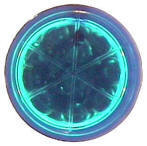
Figure 7. Nose of the CCI 38/357 caliber ammunition standard.

Figure 8. Blue plastic fragments with raised bars.
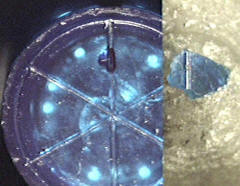
Figure 9. Standard (left) and fragment from case (right).
As you can see in Figure 8 these two fragments are very small and at this point I was fairly
confident that the caliber and manufacture of the evidence contained in my proficiency test was consistent with the CCI 38/357
caliber shot cartridge. Only one questioned remained in my mind. "Did anyone else manufacture a similar
cartridge"?
I called a technical support representative for CCI and discussed with him several aspects of the
shot cartridges that they manufactured. He told me that to his knowledge no one else manufactured a similar product and that CCI
manufactured the base wads and shot cups used in their cartridges. Also, CCI produced a reloading kit containing the base wads
and shot cup. Therefore, my conclusions at this point were that the material submitted for examination appeared to contain
components from a CCI 38/357 caliber shot cartridge or from a CCI 38/357 caliber reload kit.
But wait, in looking at the two small plastic fragments under the comparison microscope I noticed
some circular striated tool marks molded into the plastic. The circular marks appeared to be machine marks in the mold
that the plastic shot cup was cast from. See Figure 10.
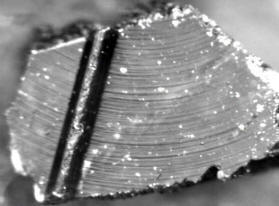
Figure 10. Circular tool marks molded into the plastic.
I thought to myself, "wouldn't it be cool if I could match these marks to a
standard". A quick glance at a box of standards that I had just purchased showed similar circular striations
on all of the cartridges. So, I started comparing each cartridge to the fragment in Figure 10. As you can see in Figure
9, there are six pie-shaped sections in the nose of these cartridges. After several cartridges were examined I happened upon one
cartridge that when compared to the fragment from my proficiency test standard resulted in the match seen below.
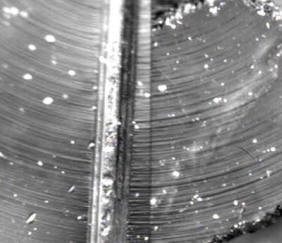
Figure 11. Cartridge standard (left) compared to fragment from case (right).
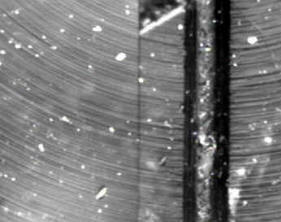
Figure 12. Cartridge standard (left) compared to fragment from case (right).
This match not only identified the caliber but also identified the manufacturer of the plastic
fragments contained in my proficiency test and allowed me to drop the word "appear" from my conclusions.
Additional information that was determined included the rifling of the barrel that the cartridge
was fired from. As seen in Figure 13, rifling impressions were seen on the base wad from a 5/Right rifled barrel.
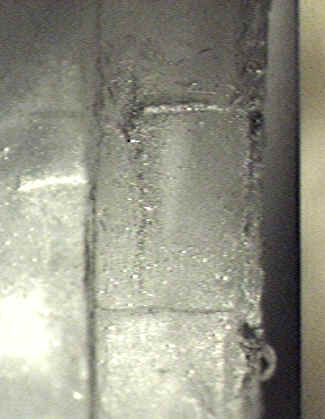
Figure 13. Land impression on the plastic base wad.
Measurements from the rifling impressions were searched against the GRC Search 99 database and
several different firearm manufacturers were identified as producing firearms with barrels rifled in a similar pattern.
|